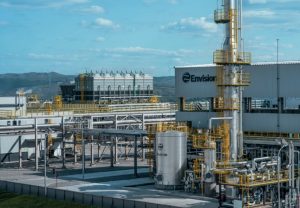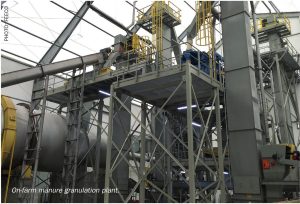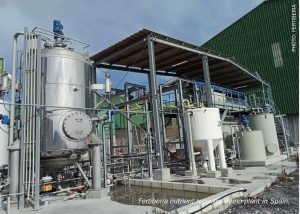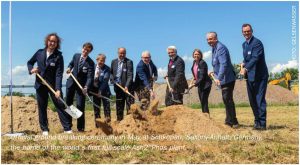
INPEX begins commissioning of blue ammonia demonstrator project
INPEX Corp says that it has commenced commissioning work, including the introduction of natural gas at its integrated blue hydrogen and ammonia production and utilisation demonstration test project in Kashiwazaki City, Niigata Prefecture. The project is the first of its kind in Japan to implement an integrated process from the production to the use of […]





